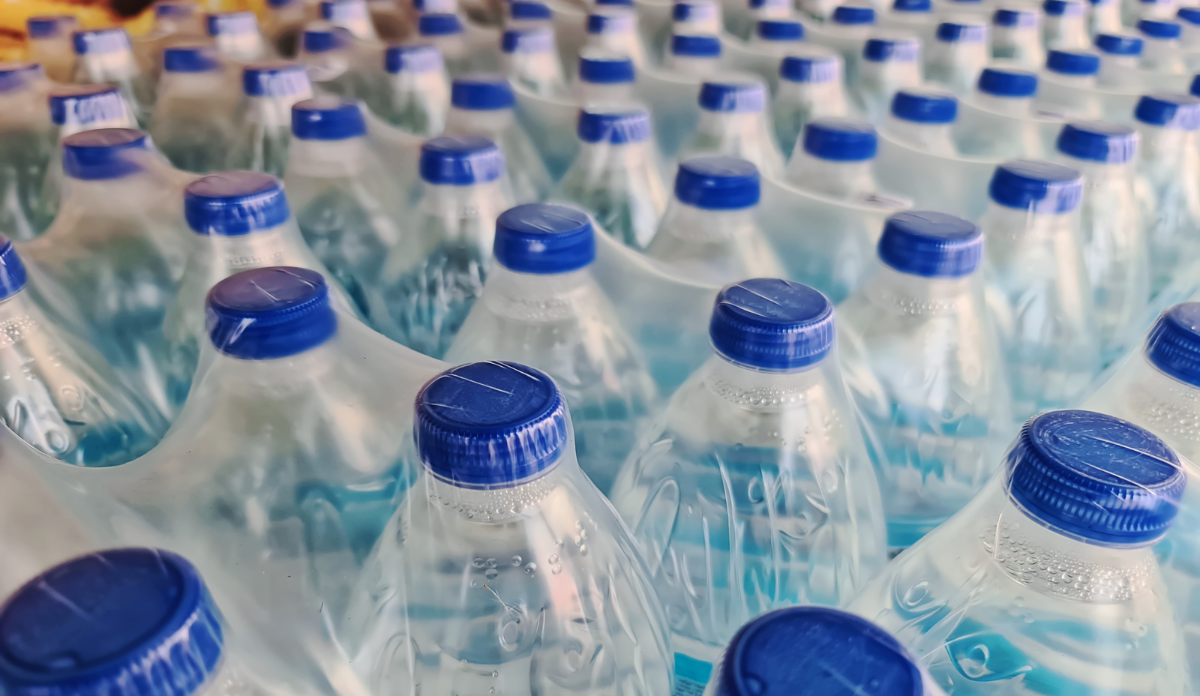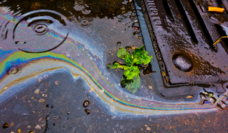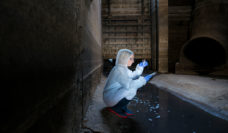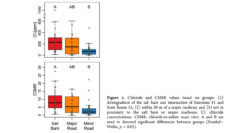As you reach for your next bottle of water consider this: you will be drinking more than just water. With every sip, you will also be ingesting microplastics, tiny pollutants smaller than the width of a strand of hair. Microplastics have been found in human lungs, maternal and fetal placental tissues, and in breastmilk.
Researcher Huan Li and colleagues recently measured the amount of microplastics in commercially sold drinking water in China. Microplastics were found to be abundant across multiple brands of water sold in both plastic and glass bottles. Using advanced spectroscopic techniques, they found bottled water to contain 72 microplastic particles per liter—surpassing tap water’s 50 particles per liter, which likely comes from widespread plastic contamination in the environment affecting water supplies.
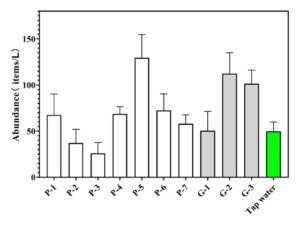
Glass bottles also contained microplastics, likely resulting from the bottling process. The figure above shows that, compared to tap water, bottled waters, both plastic (labeled P1-7) and glass (G1-3), contained a consistently high level of microplastic particles.
Their findings complement similar findings in the U.S. where researchers found that an average of 91% of plastic bottles from popular brands like Evian, Aquafina, and Dasani were contaminated with microplastics.
Microplastics sneak into our bodies much like dust gathers in a home, settling into corners and hard-to-reach places. These tiny particles linger in the gut or wander into our lungs, digestive systems, and even our blood. While research on the impact of microplastics on human health is limited, lab testing has also shown microplastics to damage human cells, trigger immune responses such as allergic reactions, and lead to cell death. Research is still ongoing to fully understand the long-term effects of these pollutants.
Next time you reach for a bottled water, pause. Choosing tap water and a refillable non-plastic bottle not only offers a safer sip, but also saves you money and reduces environmental waste.
Databyte via Huan Li, Long Zhu, Mindong Ma, et al. Occurrence of Microplastics in Commercially Sold Bottled Water. Science of The Total Environment, 2023.
Photo via Getty Images









